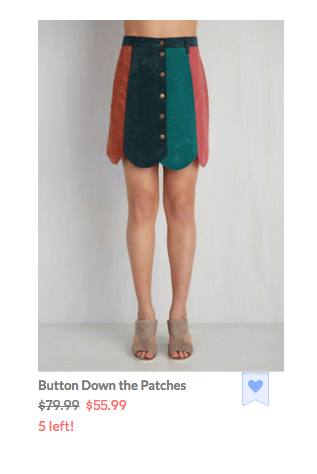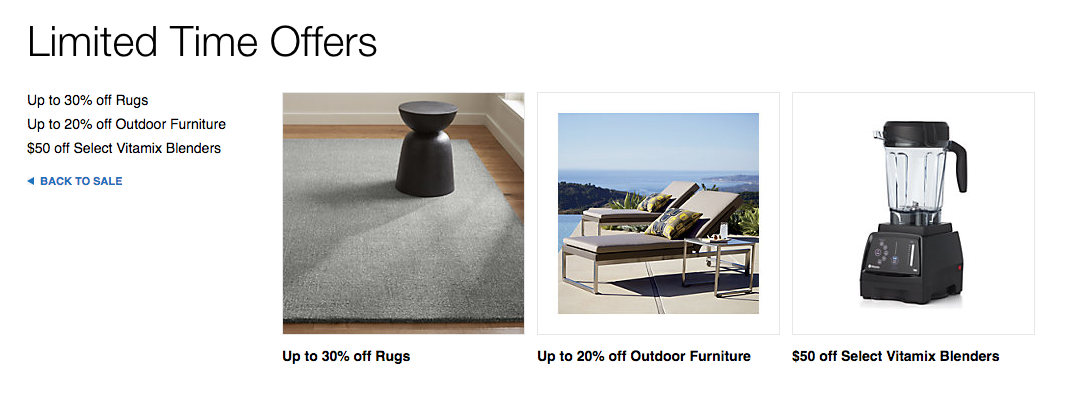5 Ways Advertisements Subtly Manipulate You

By:
Do you ever think about how advertisers get you buy their stuff? Probably not, and they want to keep it that way.
But we wondered what makes an ad effective, and which tricks advertisement companies use to get us to shut up and take their money. Here are some of those ways.
1. They use anthropomorphism.
Anthropomorphism is, to put it simply, humanizing something that is not human. This can be done subtly or blatantly, but it's shown that when done well, it's effective. Why? Humanizing things gives us a greater connection to that thing. We see it and like it and we don't know why.
Here's one blatant example of anthropomorphism in an ad: the Kia Soul hamsters.
No matter how you really feel about them, they're definitely memorable and bound to get your attention.
Here's a more subtle example: the Heineken font.
Look at the "e"s in Heineken. Notice how the bottom of those "e"s turns up slightly?
"There’s nothing human about a typeface, but this slightly turned 'e' gives the feeling of smiling," Marc Andrews, a creative director and psychologist from Amsterdam, told Wired. "And this gives you a totally different relationship to the brand." And it's adorably human!
2. They prey upon your emotions.
Some of the most memorable Super Bowl commercials are so memorable because of their ability to tap into your emotions.
Here's the Nationwide commercial colloquially known as "dead kid commercial":
The "Parisian Love" commercial by Google that not only told a whole story and gave people goose bumps and made them teary-eyed, but did it without showing a single person/actor in the actual commercial:
And the Budweiser horses that aired only once, during the Super Bowl, in honor of 9/11:
All of these commercials stirred up emotions, and that's the main goal.
As Lifehacker points out about the Google commercial, "Does it tell you whether or not Google is better than another search engine? No. Does it provide you with any potential downsides to using Google, such as whether or not the search results were actually useful? Of course not. It shows you that Google can find lots of different kinds of information and it makes you feel something to be sure you remember it. You may even remember that the scenario describe in an ad happened to you."
And it's not just used in commercials. DeBeers built an entire industry on the idea that love meant buying a diamond engagement ring.
3. They use colors.
"It is not an exaggeration to say that color is the key factor in building a mood," says Blur Group business services. "It can stimulate our imagination to express taste, smell, and emotions." And you better believe that advertisers have found a way to express all those things depending on different colors used. Here are some examples.
Warm, bright colors (yellow, orange, pink, red) are "active, eye-catching colors with a friendly nature that may induce a sense of courage and energy."
Cold dark colors (violet, blue, turquoise, green, navy) provide "a feeling of stability and quality."
4. They say their supply/offer is limited.
It seems like the easiest way to get someone to want something is to tell them they can't have it. Advertisers use this manipulation all the time, whether it's true or not.
Andrews notes that the reason why this is effective is because it eliminates "freedom of choice" (via Wired). It is also referred to as the "scarcity tactic," notes Shopify, among others. It's prevalent among online clothing retailers, such as these:
 Modcloth - modcloth.com
Modcloth - modcloth.com
Another popular way to do this is to use the phrase "limited time offer":
 Crate & Barrel - crateandbarrel.com
Crate & Barrel - crateandbarrel.com
And sometimes, advertisers will get even more specific about how limited the time is by showing a timer that counts down how many days or seconds you have to scoop up their deal, creating a sudden sense of urgency:
 Light in the Box - lightinthebox.com
Light in the Box - lightinthebox.com
Entrepreneur Yaro Starak explains on his blog why this works: "it forces action. You can’t be a fence sitter if the product is coming off the market tomorrow. If you want it, you have to decide now."
5. They tap into your social nature.
A psychological phenomenon known as "social proof" or "informational social influence" is another way marketing and advertising can hook you, notes Shopify and Wired. Think of social proof as that old saying: "If your friends jumped off a bridge, would you do it, too?" Humans are (for the most part) social creatures. We do care, on some level, what our friends, family, and even total strangers, think of us. And we don't want to miss out on what our friends are doing.
With so many social media apps and outlets, it's easier than ever for to apply social proof to advertising. All a company has to do is post a photo of their product on Facebook or Instagram and watch the "likes" roll in.
Then you see all those likes and think, "Well, if it has this many likes, it must be good." And it's not just likes. It's reviews. It's stars. It's whatever people use to rate products. And it's all free advertising.
You'll also see phrases like "our most popular model" or "back by popular demand" on signs or websites, but you might also notice that they aren't that specific about what "popular" actually means or what it's based on. Is it popular because it sold out the quickest? Or because it has the most sales? The most clicks? The most reviews? You don't know. You just see the word "popular" and don't question it.
